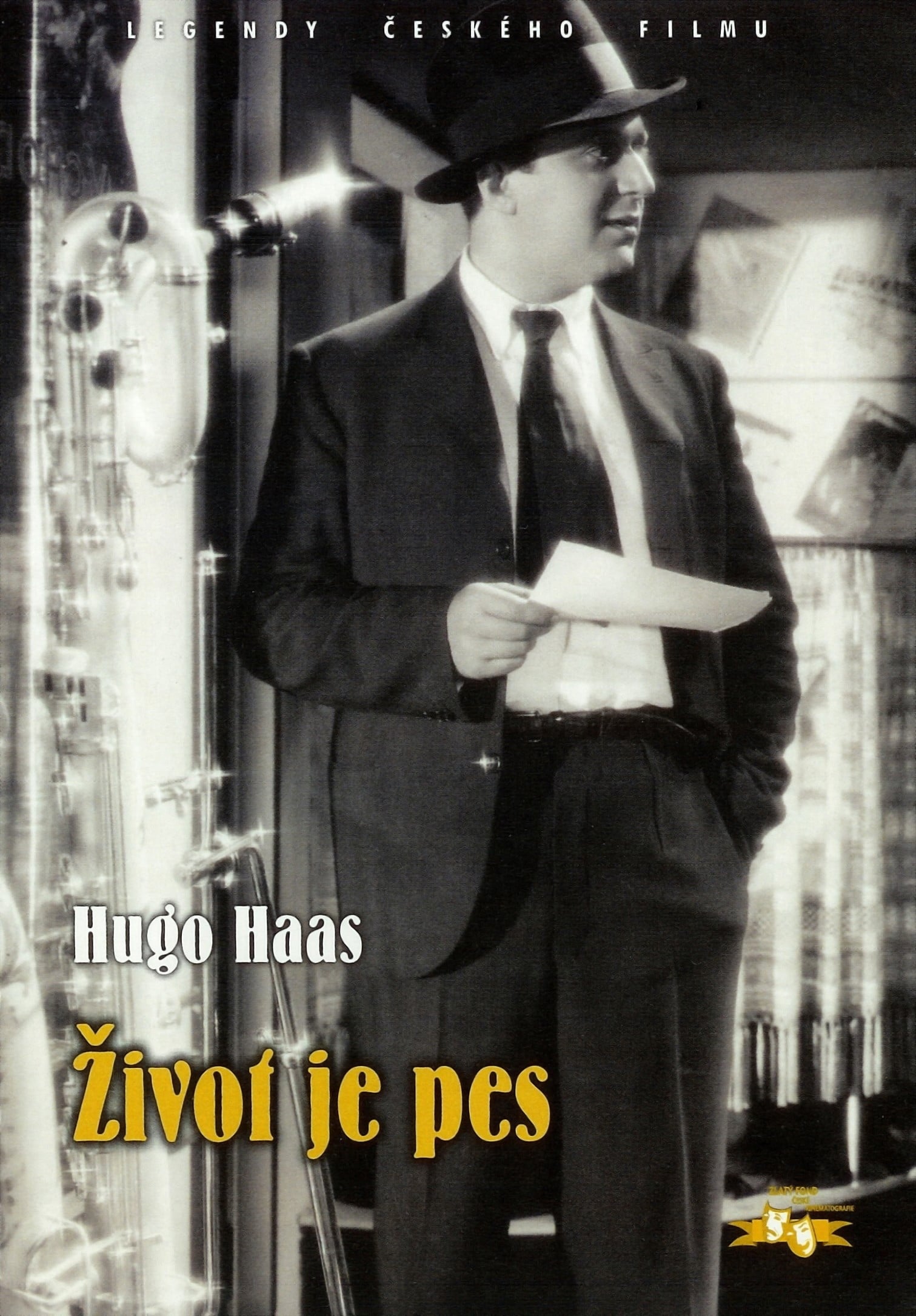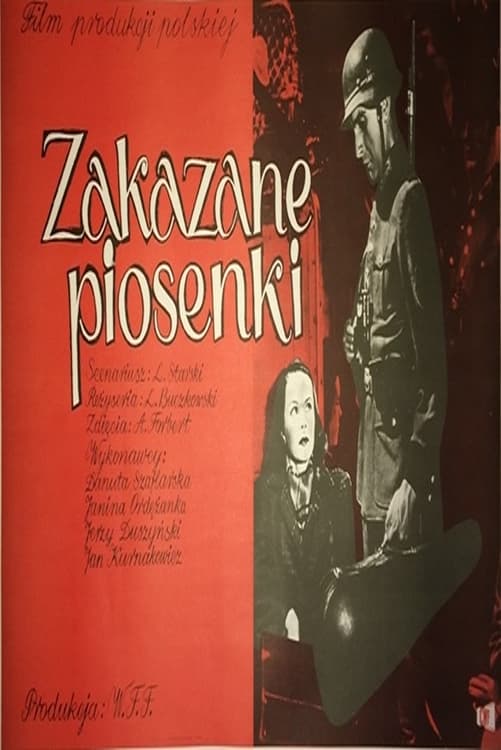Forbidden Songs (1947)
January 8, 1947Release Date
Forbidden Songs (1947)
January 8, 1947Release Date
Plot.
Where to Watch.
Cast & Crew.
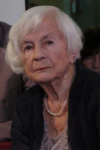
Danuta Szaflarska
Halina Tokarska
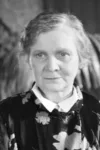
Janina Ordężanka
Halina and Roman's Mother
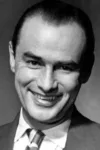
Jerzy Duszyński
Roman Tokarski

Jan Świderski
Ryszard

Jan Kurnakowicz
Cieślak
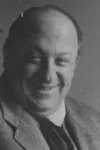
Stanisław Łapiński
Musician
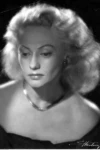
Zofia Jamry
Maria Kędziorek
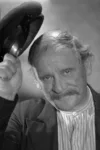
Konstanty Pągowski
Caretaker Antoni
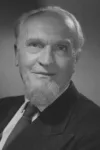
Józef Maliszewski
Film Studio Manager
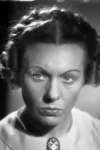
Hanka Bielicka
Street Singer

Maria Bielicka
Declamator

Janina Draczewska
News Stand Keeper

Alina Janowska
Street Singer

Helena Puchniewska
Seller on a Train

Stanisława Piasecka
Street Singer
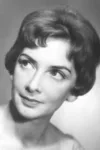
Zofia Mrozowska
Jewish Street Singer
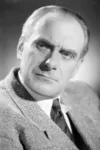
Ludwik Tatarski
Hans
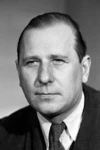
Kazimierz Wichniarz
Gestapo Officer in Tokarskis' Apartment
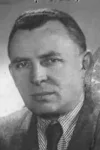
Bolesław Bolkowski
Grenade Policeman
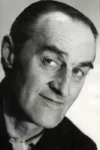
Jarosław Skulski
Gestapo Officer

Henryk Szwajcer
Jew Hiding at Tokarskis'
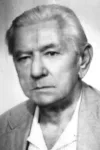
Leon Pietraszkiewicz
Street Singer

Feliks Żukowski
Jurek
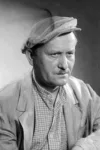
Czesław Piaskowski
Disabled Street Singer / Production Design
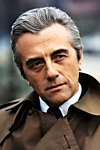
Andrzej Łapicki
Violinist's Executioner
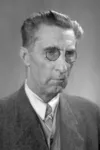
Henryk Modrzewski
Cieślak's Friend

Henryk Borowski
Maria Kędziorek's Executioner
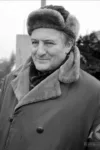
Stefan Śródka
Maria Kędziorek's Executioner

Zygmunt Urbański
Gendarme on a Train
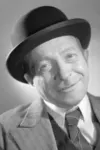
Bronisław Darski
Singer on a Train
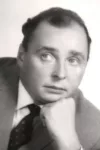
Kazimierz Brusikiewicz
Soldier (uncredited)

Marian Dąbrowski
Refugee from Warsaw (uncredited)
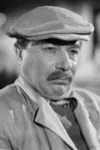
Kazimierz Dejunowicz
Refugee from Warsaw (uncredited)
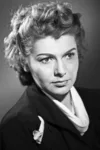
Barbara Drapińska
Girl (uncredited)
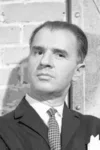
Edward Dziewoński
Gestapo Officer at Tokarskis' (uncredited)
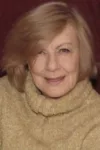
Halina Jabłonowska
(uncredited)
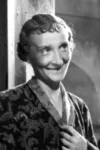
Wanda Jakubińska
Woman in a Refugee Camp (uncredited)
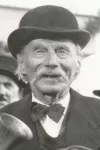
Juliusz Kalinowski
Bridge Singer (uncredited)
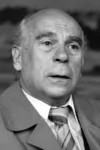
Janusz Kłosiński
Railwayman (uncredited)
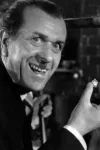
Wacław Kowalski
Singer with Guitar (uncredited)
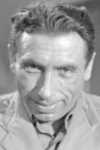
Zdzisław Lubelski
Trader on the Train (uncredited)
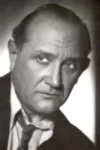
Adam Mikołajewski
Train Machinist (uncredited)

Artur Młodnicki
German Officer (uncredited)
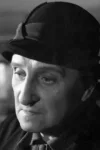
Irena Netto
Woman listening to Chopin at Tokarskis' (uncredited)
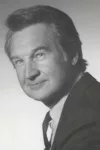
Witold Sadowy
Violinist (uncredited)
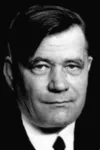
Zbigniew Skowroński
(uncredited)
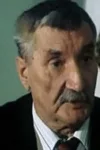
Zdzisław Szymański
Roman's Friend (uncredited)
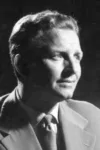
Igor Śmiałowski
Gestapo Officer that Kills the Blind Accordionist (uncredited)

Roman Wasilewski
(uncredited)
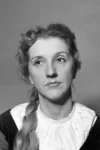
Ewa Zdzieszyńska
(uncredited)
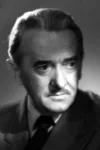
Leonard Buczkowski
Director

Roman Palester
Music Director
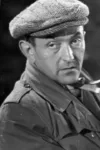
Adolf Forbert
Director of Photography
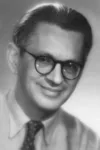
Jan Fethke
Storyboard

Anatol Radzinowicz
Production Design

Józef Galewski
Production Design

Władysław Osiński
Costume Design

Stanisław Urbaniak
Sound
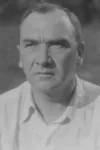
Józef Koprowicz
Sound

Lidia Pstrokońska
Editor

Franciszek Petersile
Production Manager

Jerzy Kawalerowicz
Assistant Director

Konstanty Gordon
Assistant Director
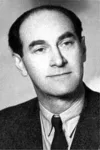
Henryk Hechtkopf
Assistant Director

Ludwik Starski
Storyboard / Screenplay

Zbigniew Gniazdowski
Camera Department Manager
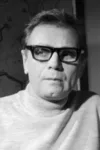
Karol Chodura
Assistant Camera

Tadeusz Zając
Lighting Technician

Wacław Giełba
Props

Tadeusz Kunikowski
Props

Leszek Wronko
Boom Operator
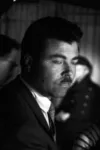
Zbigniew Dobracki
Assistant Makeup Artist

Jan Dobracki
Makeup Artist

Marian Lis
Pyrotechnician

Marek Frankfurt
Still Photographer

Tadeusz Karwański
Unit Manager

Anita Janeczkowa
Script Supervisor

Beata Artemska
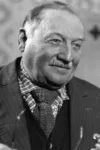
Włodzimierz Kwaskowski

Kazimierz Szubka

Leon Łabędzki
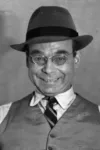
Jerzy Przybylski
Media.
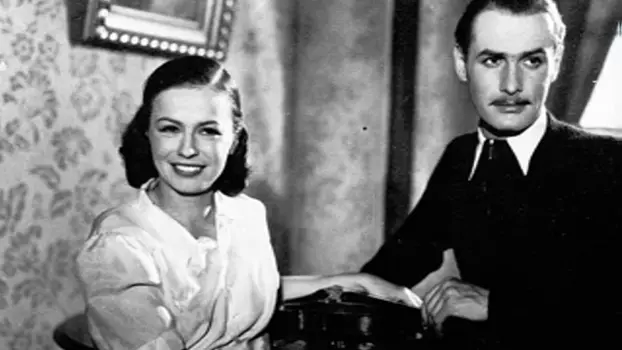



Details.
Release DateJanuary 8, 1947
Original NameZakazane piosenki
StatusReleased
Running Time1h 37m
Filming LocationsŁódź, Poland
Genres
Wiki.
Forbidden Songs (Polish: Zakazane piosenki Polish pronunciation: [zakaˈzanɛ pjɔˈsɛnkʲi]) is a 1946 Polish musical film directed by Leonard Buczkowski. It was the first feature film to be created in Poland following the six years of World War II.
The film, set during the German occupation of Warsaw during the war, tells the story of several inhabitants of the same tenement house. Their stories are loosely tied together by a set of songs, both pre-war ballads popular during the war and war-time popular songs mocking German occupation (Siekiera, motyka).
The film's premiere took place on 8 January 1947 in the newly reopened Palladium cinema in Warsaw. The film proved to be highly popular and more than 10.8 million people watched it in the following three years – twice the usual average attendance in post-war Poland.In 1948 the film was re-edited and re-released in a new version, with more focus on Red Army's role as the liberator of Poland and the main ally of post-war Polish communist regime, as well as more grim outlook of the German occupation of Warsaw and German brutality in general. Main differences:
place of Roman Tokarski's (main character) narration:
1947 edition—a film studio,
1948 edition—a flat. A former soldier of Polish Armed Forces in the West often blunders when Tokarski tells about German occupation.
boy singing song against Germans in tram—song ends with words Śpiewać się nie boję, bo mnie nie zrozumią te przeklęte gnoje. (Polish I'm not afraid to sing, because those damn bastards won't understand me):
1947 edition—boy escapes. When a German officer is shouting Ja rozumie! Ja rozumie! Gnoje to my, Deutsche! (broken Polish I understand! I understand! Bastards are we, Deutsche!), all passengers laugh,
1948 edition—German officer shouts Halt! Boy tries to escape, but he is shot by German soldiers.
German policeman at Tokarski's home:
1947 edition—policeman begins to play piano,
1948 edition—policeman tries to force Tokarski's mother to play the Deutschlandlied, beats and pushes her.
soldiers of Polish resistance at home of Volksdeutsche Maria Kędziorek (Marie Kentschorek):
1947 edition—they shot her,
1948 edition—movie suggests that they have shaved her head.
a scene in which a blind accordionist is killed by Polish policeman, was added in 1948 edition.However, as the farcical plot and all-familiar songs were mostly free of ideological subtexts, the film remained popular in the decades to come and some of its songs re-emerged in slightly modified form during the 1980s martial law and struggle against the Communist rule. The film remains well-known and popular even in modern Poland, being screened by the public Polish Television (TVP) on a regular basis. Both editions have been published on DVD in Poland, by the Propaganda label, first the 1947 one, as-is, and later the 1948 one, in a digitally restored version.
In 2020 the film is digitally remastered and available on 35mm.online.
You May Also Like.
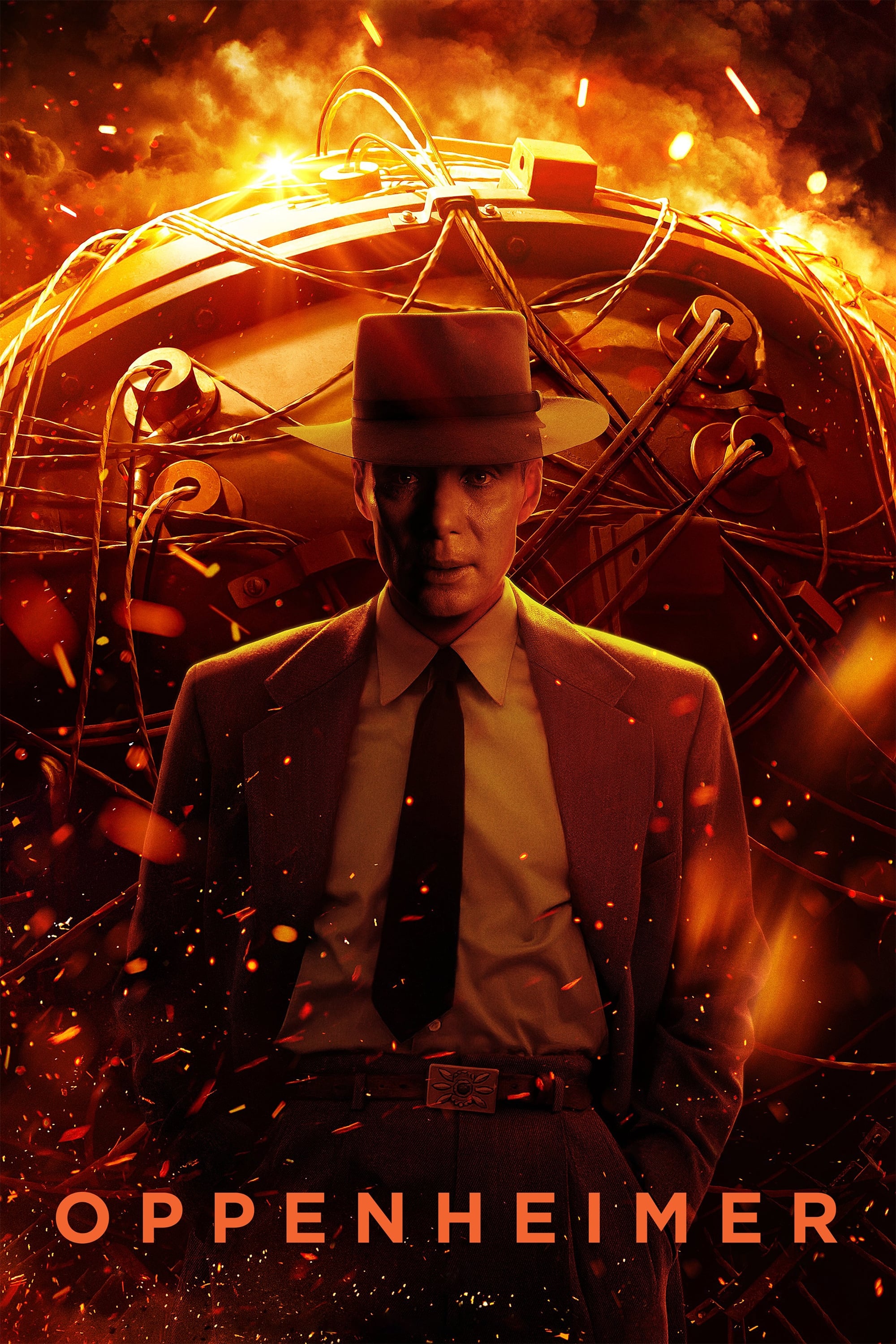
Oppenheimer (2023)

Barbie (2023)
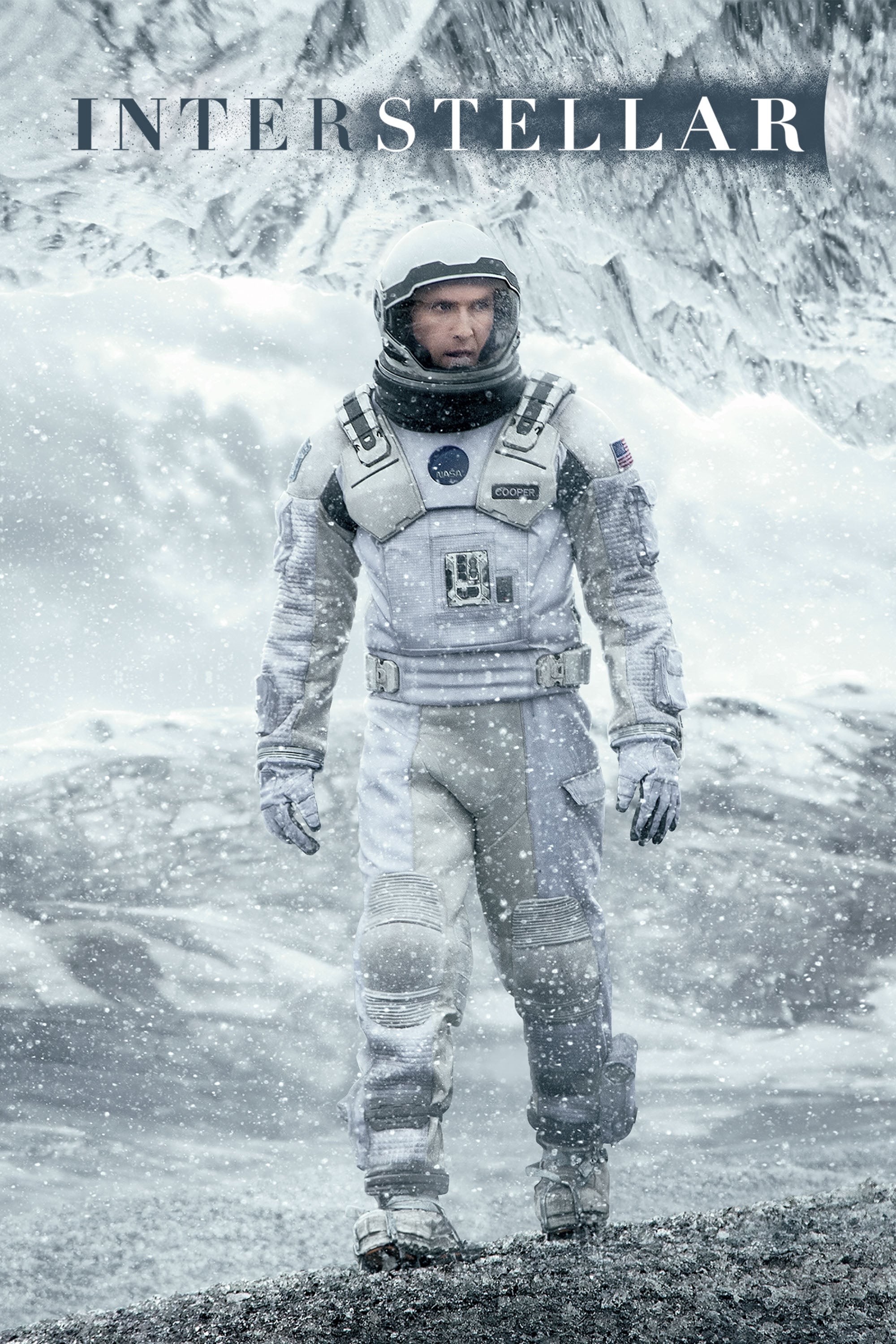
Interstellar (2014)

Deadpool (2016)
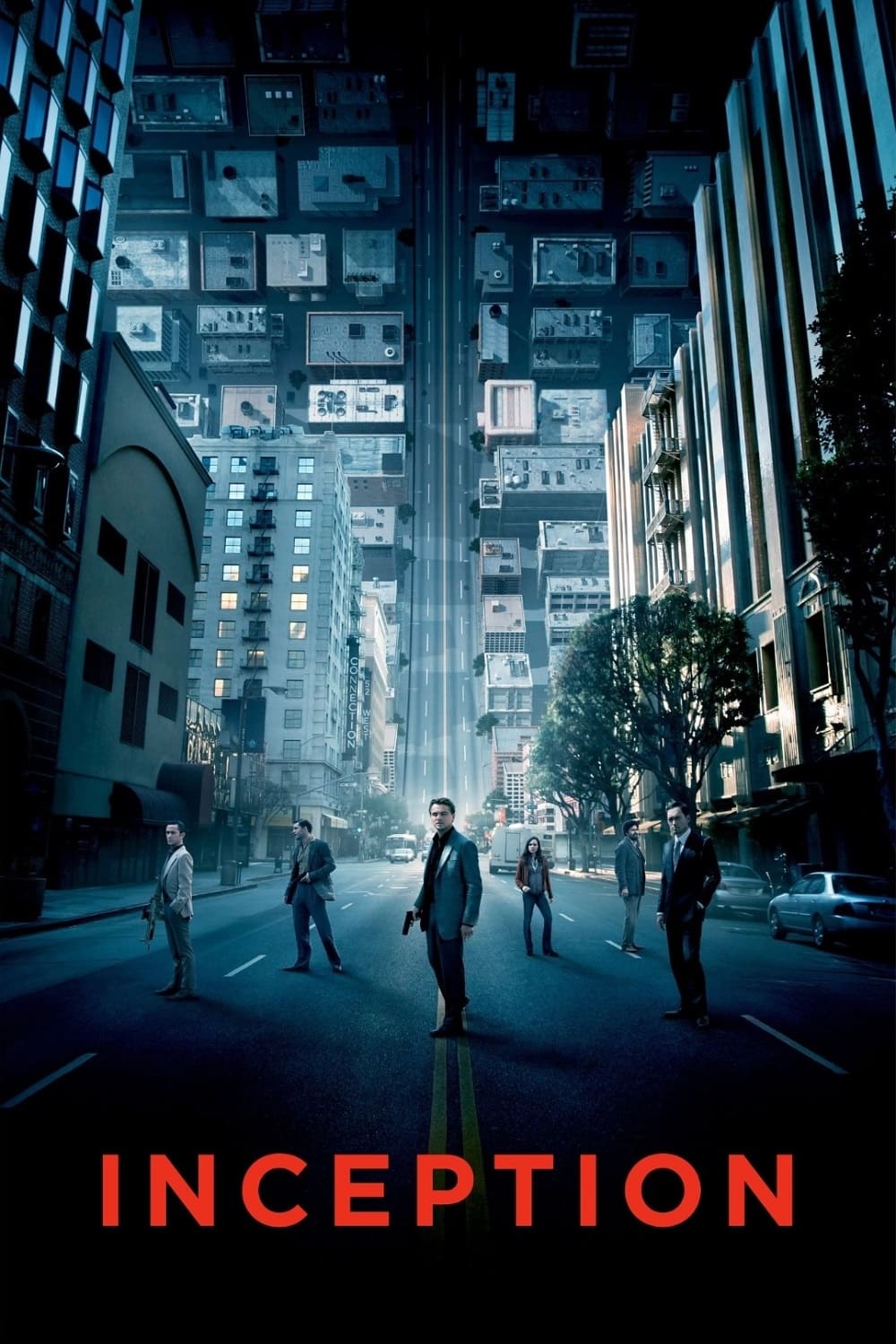
Inception (2010)
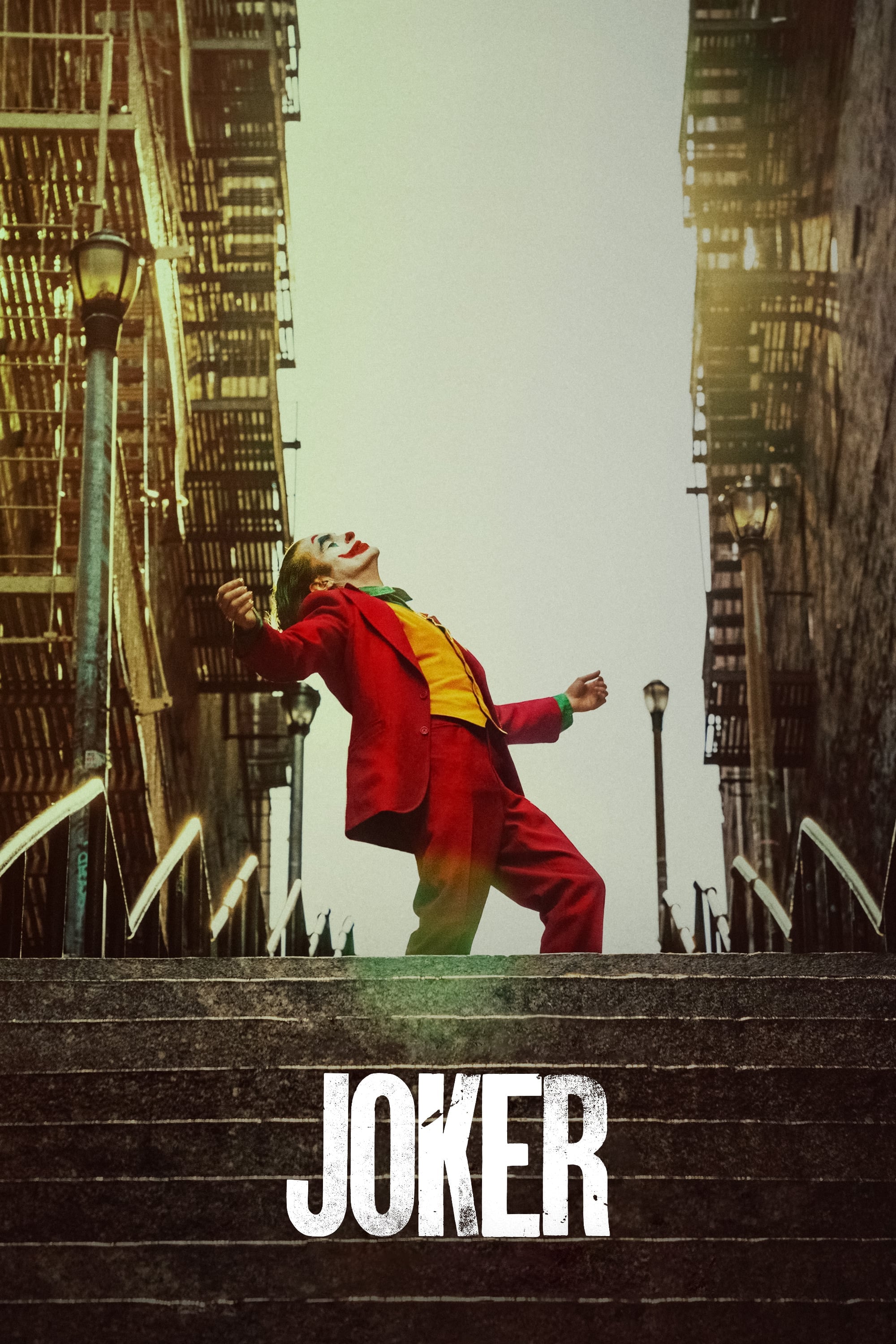
Joker (2019)
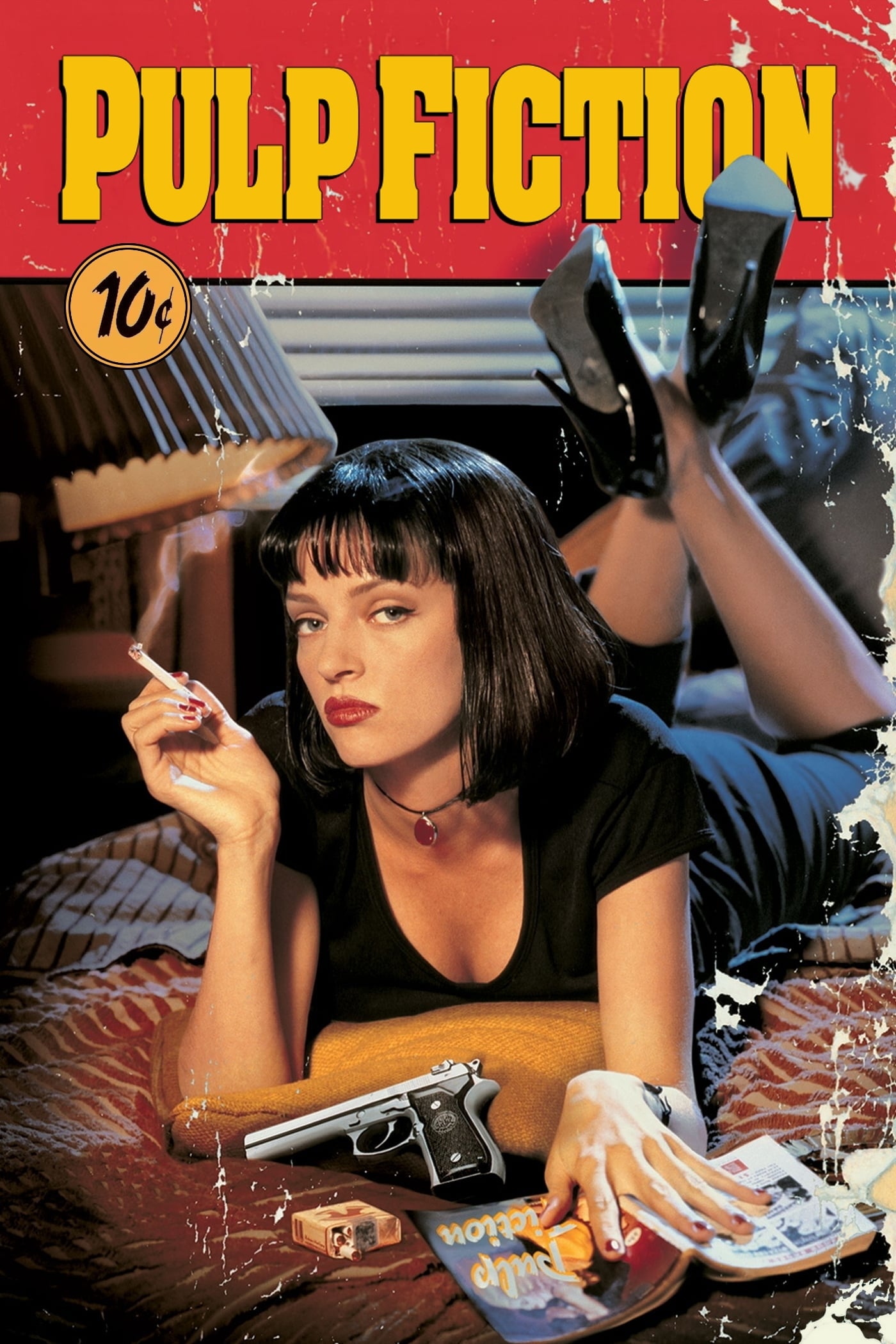
Pulp Fiction (1994)
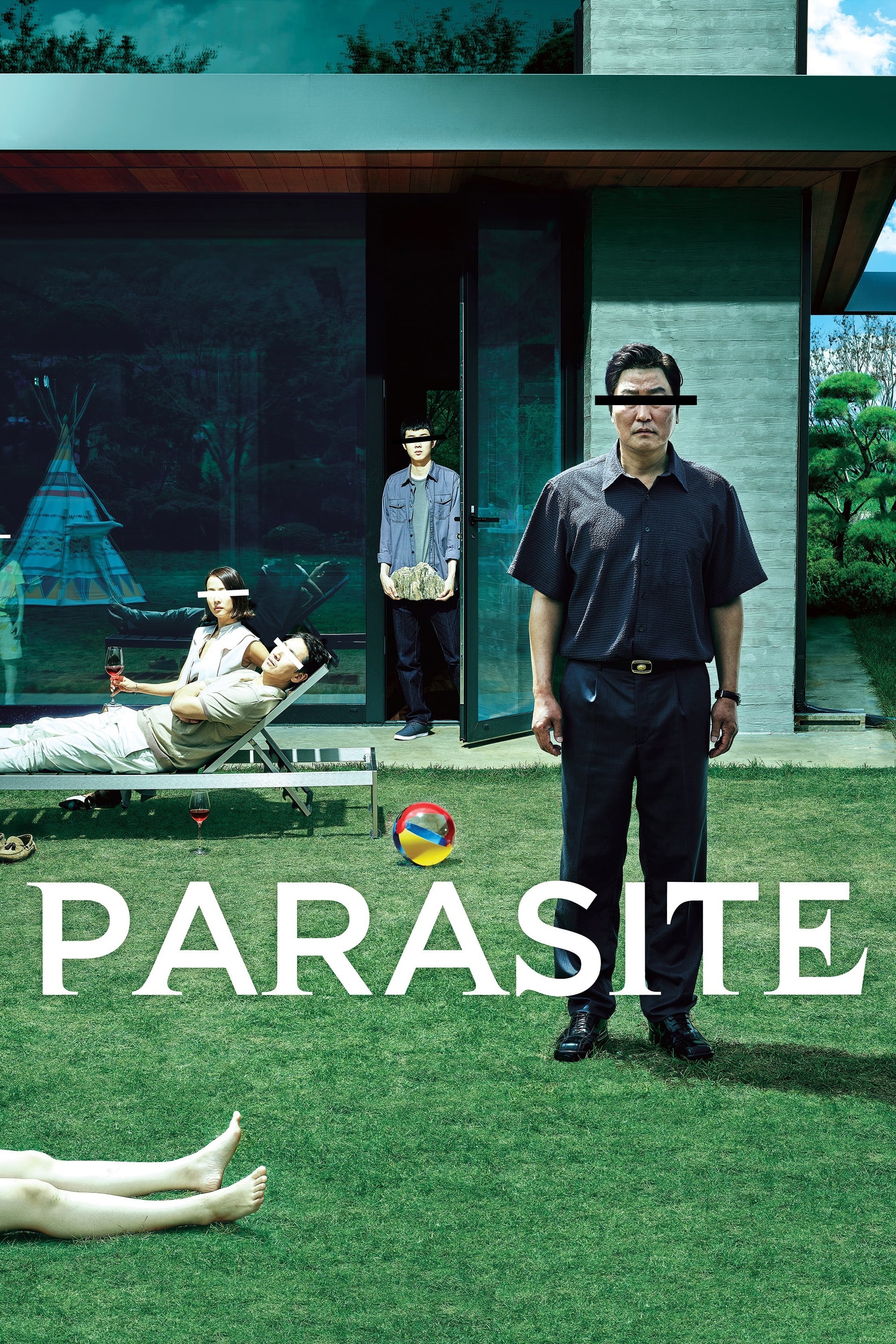
Parasite (2019)
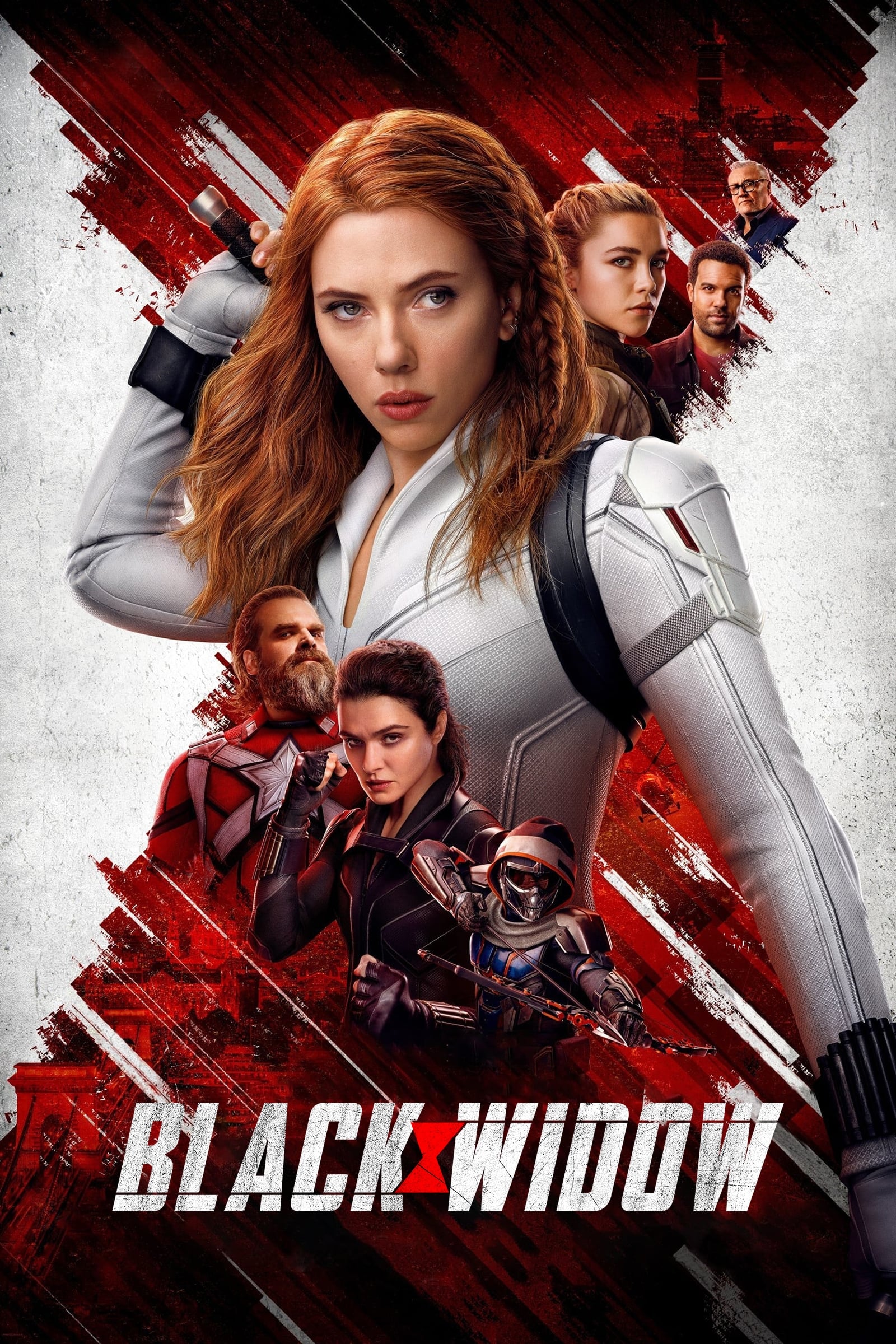
Black Widow (2021)

WALL·E (2008)

2001: A Space Odyssey (1968)
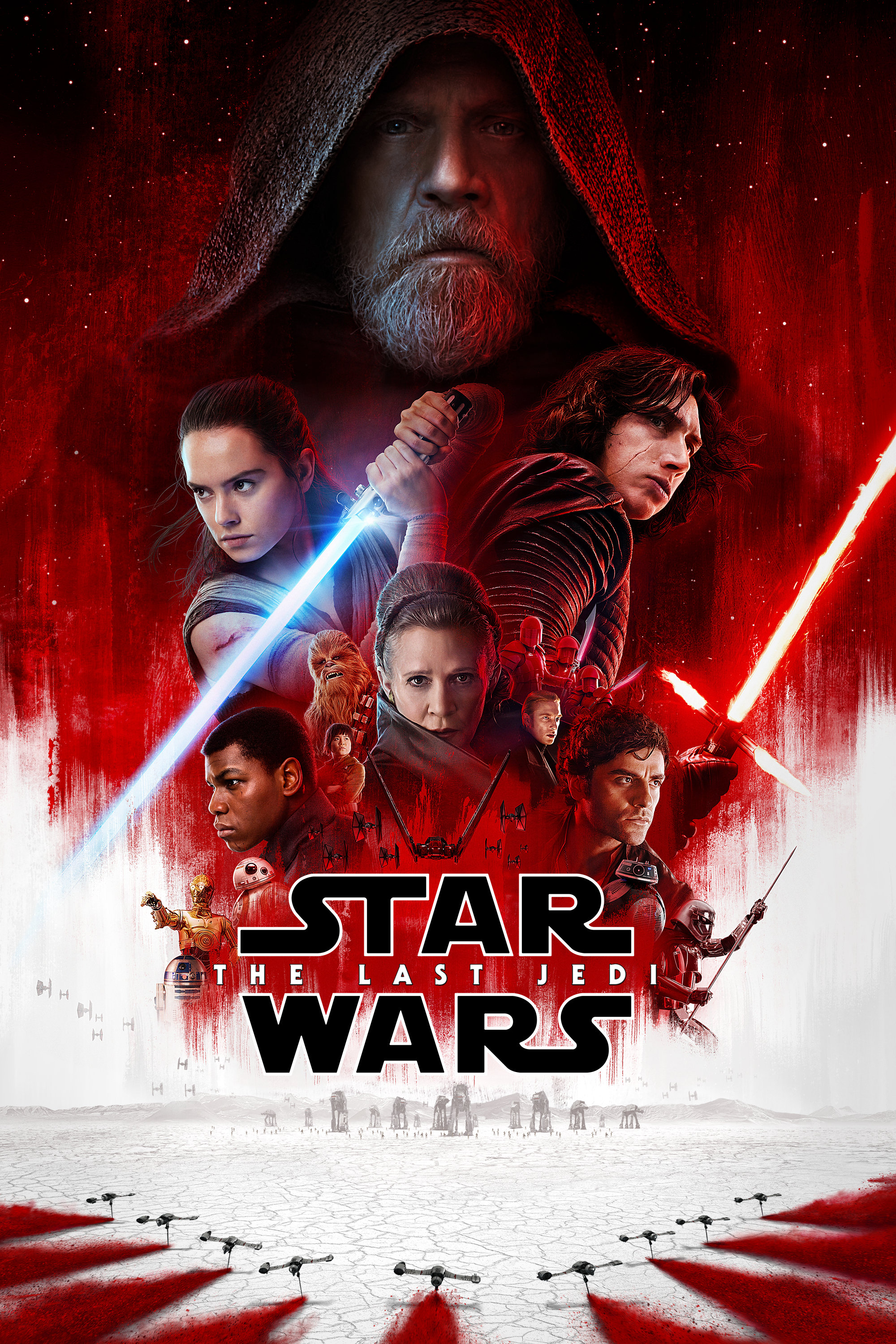
Star Wars: The Last Jedi (2017)
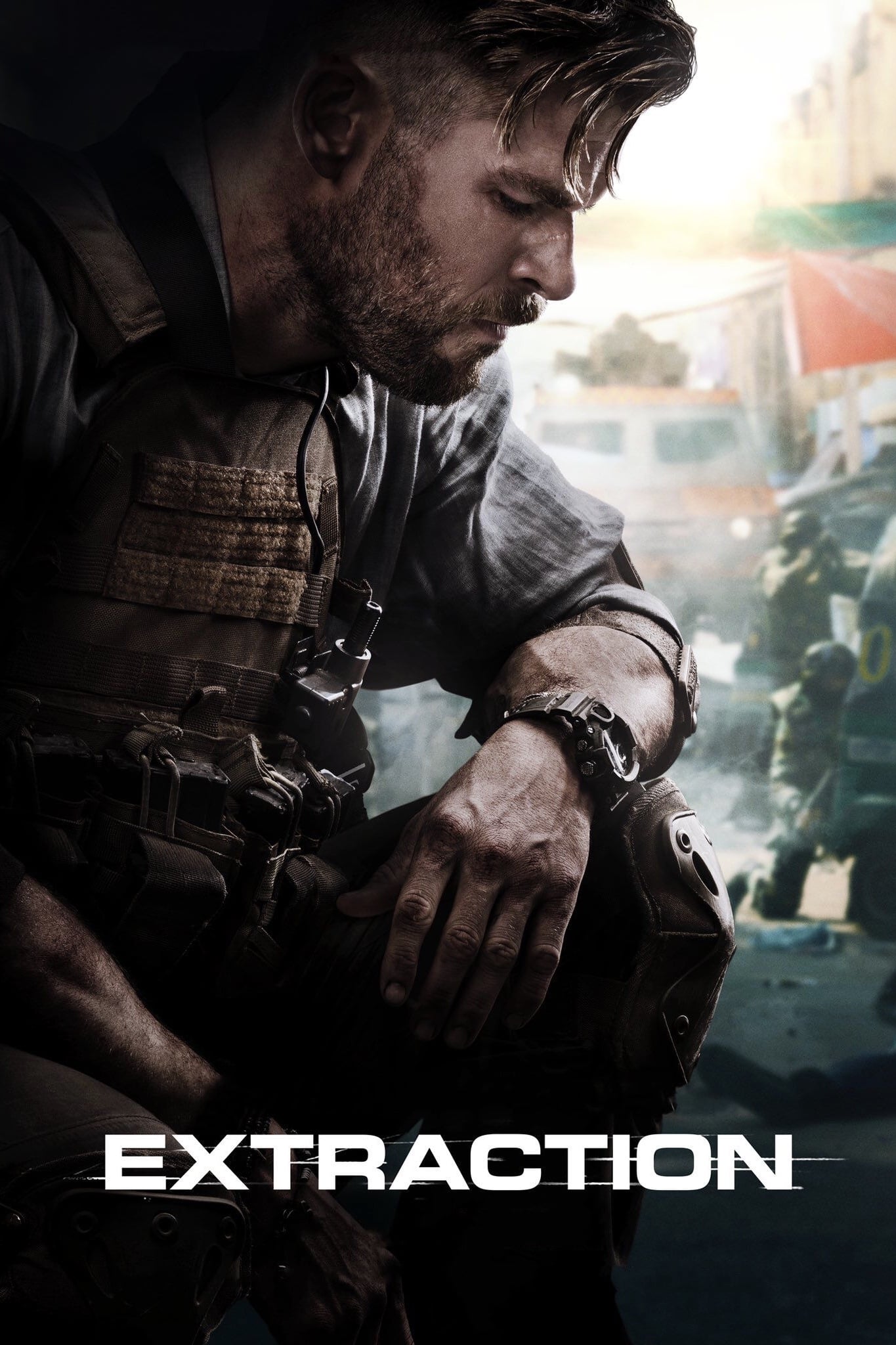
Extraction (2020)
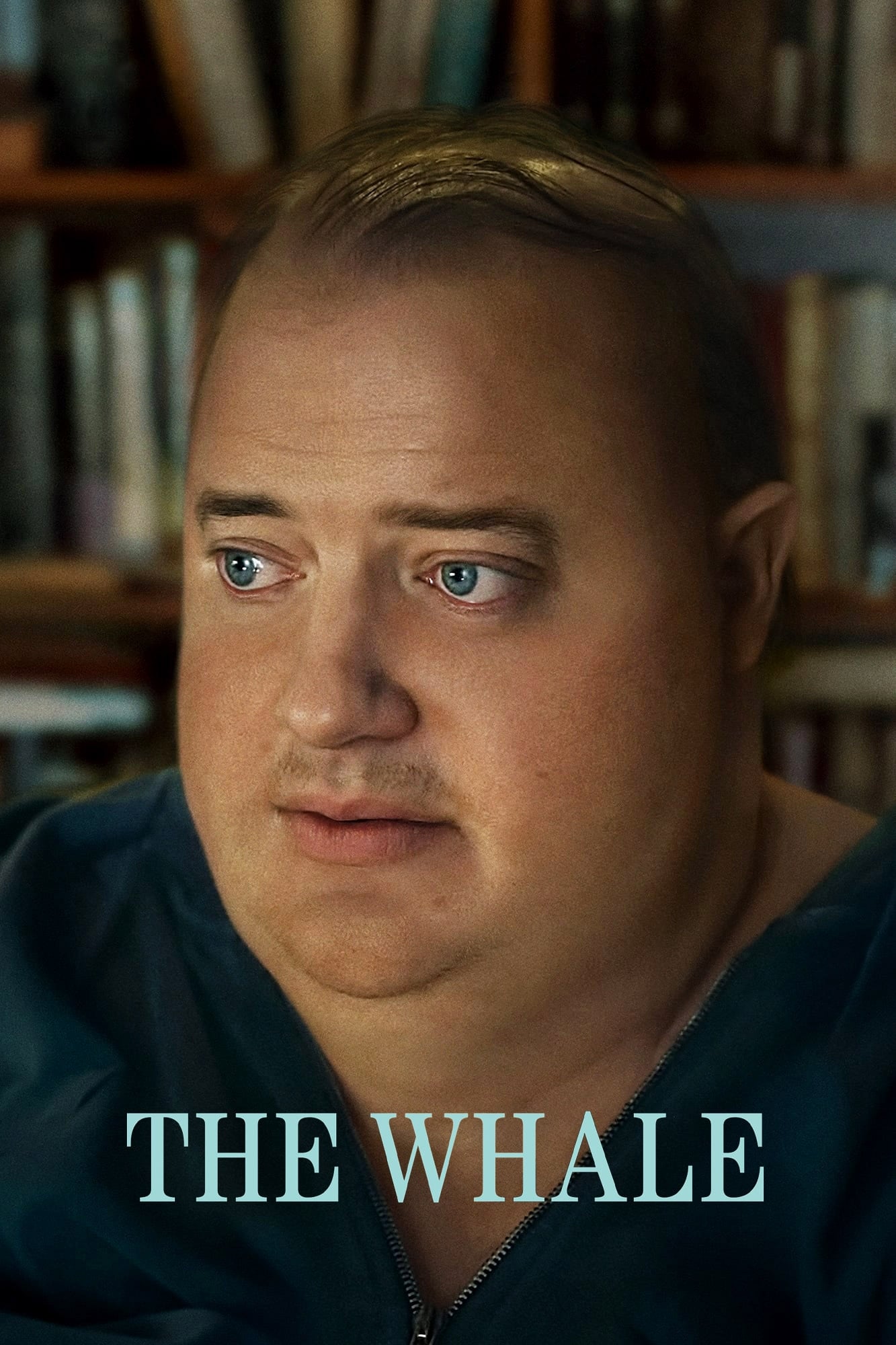
The Whale (2022)
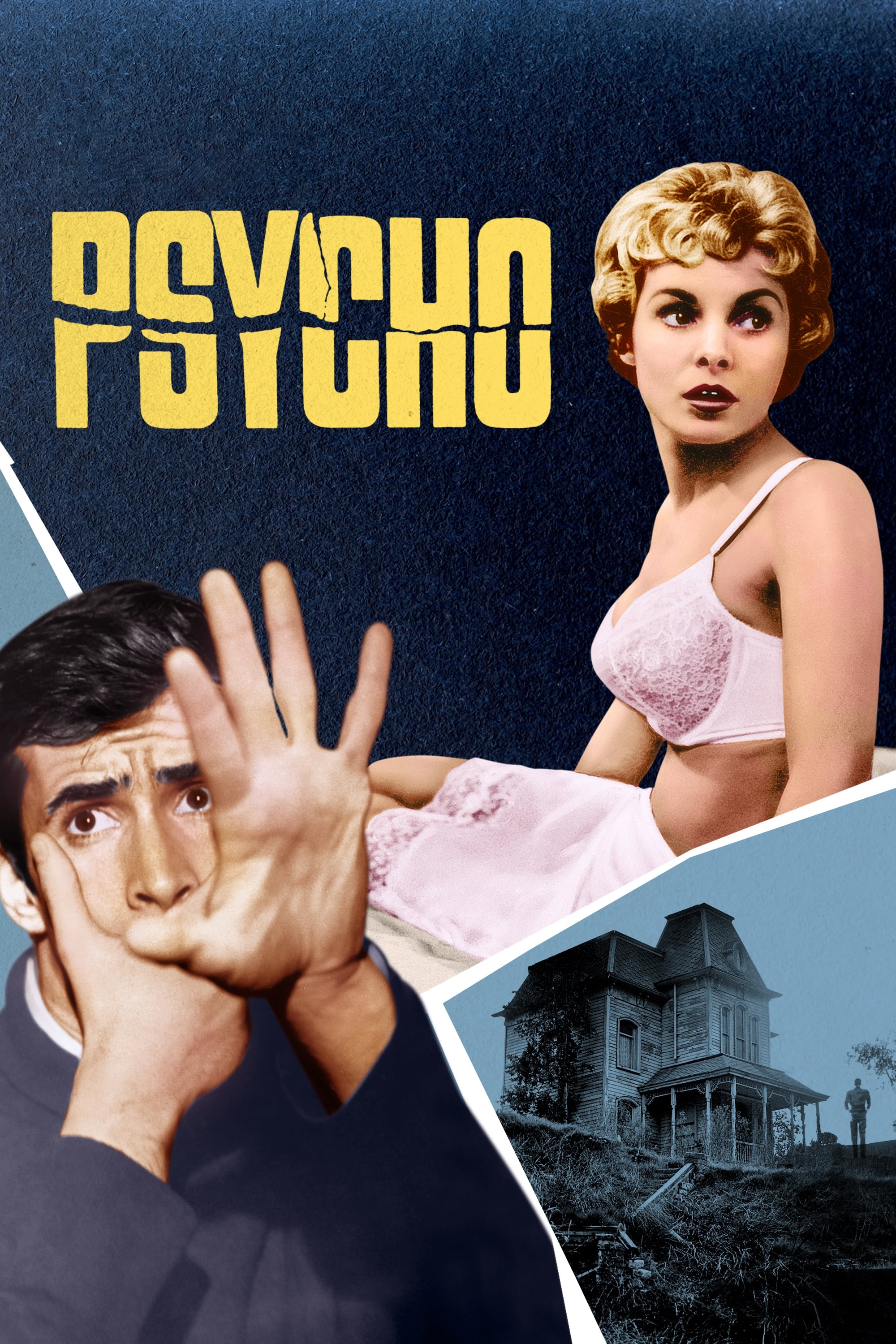
Psycho (1960)

The Last Samurai (2003)
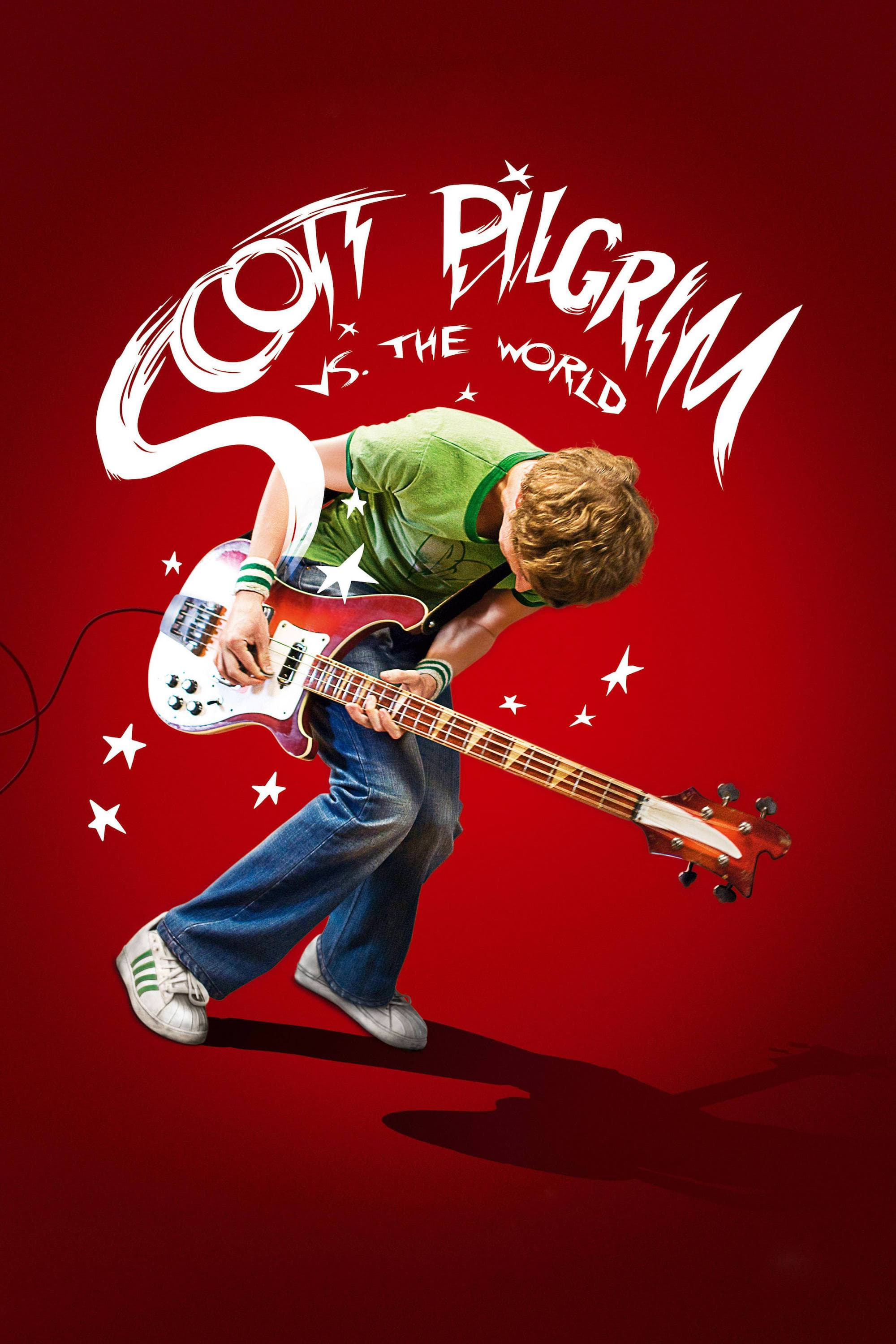
Scott Pilgrim vs. the World (2010)
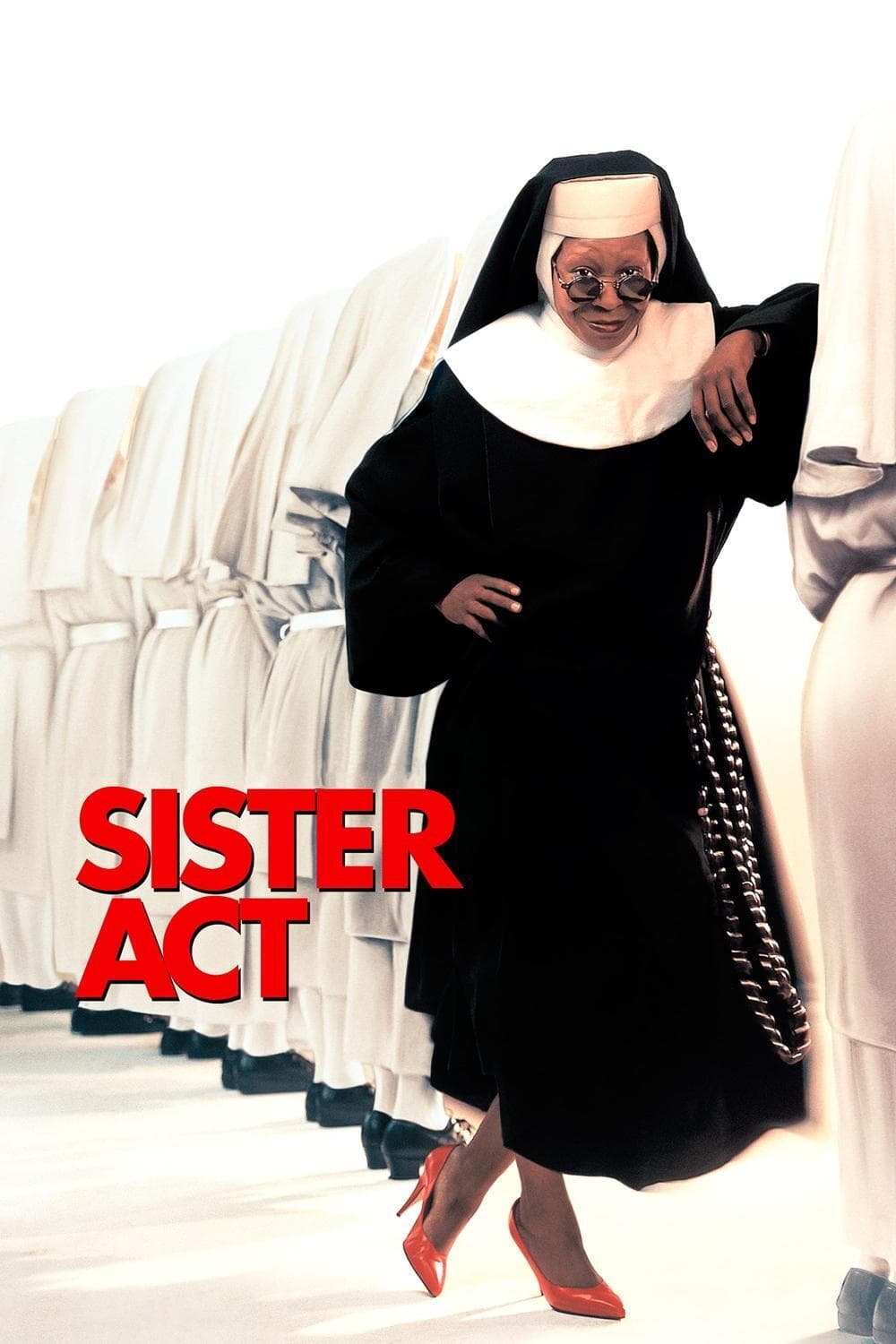
Sister Act (1992)
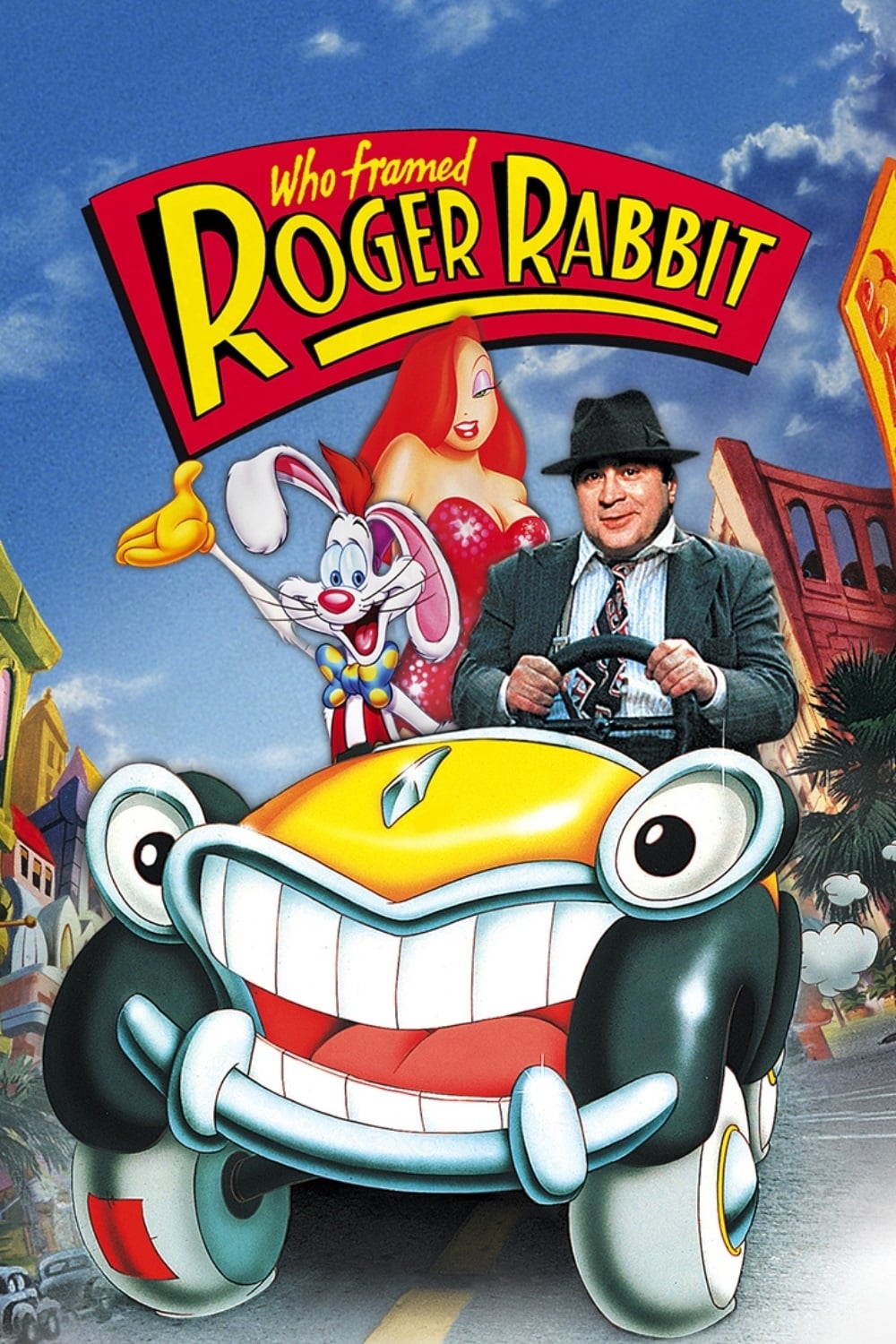
Who Framed Roger Rabbit (1988)
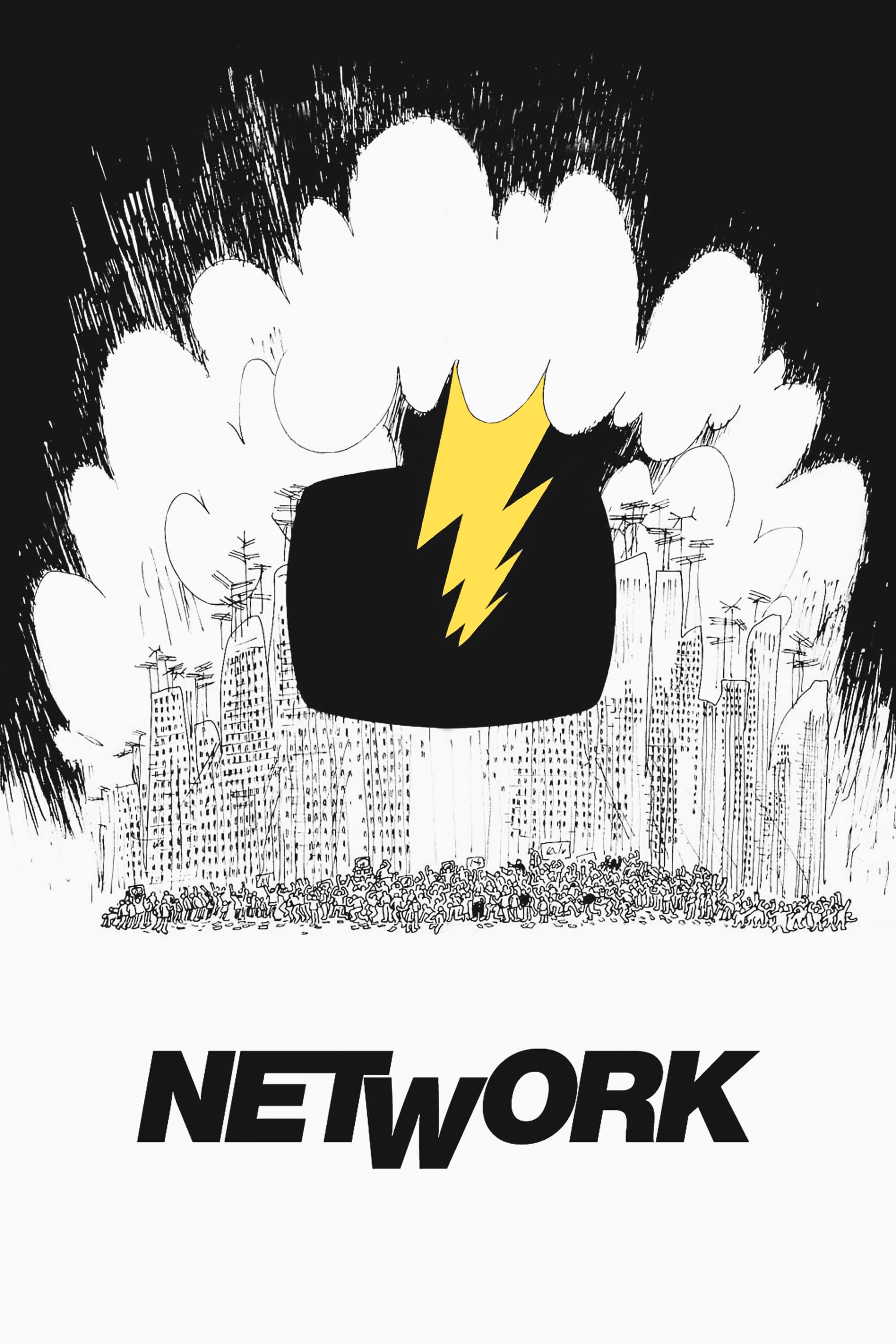
Network (1976)
